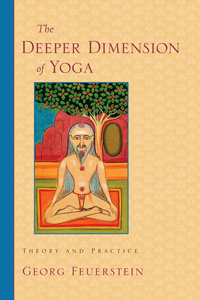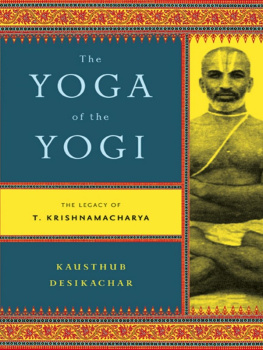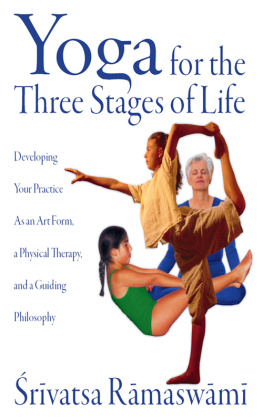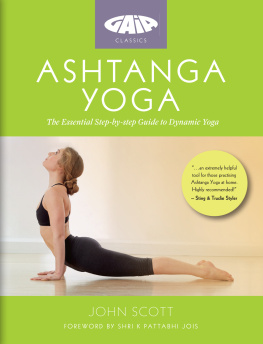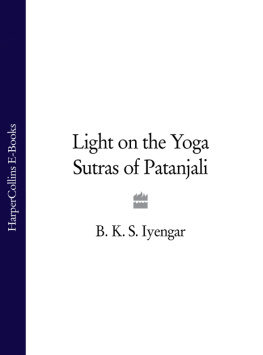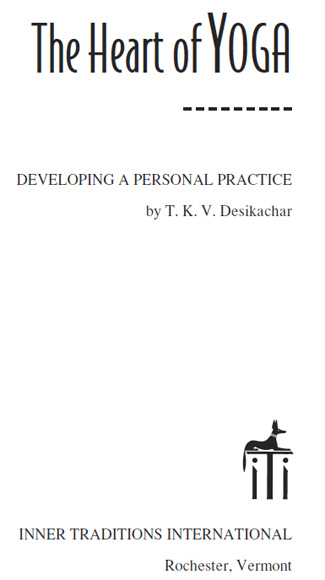
I dedicate The Heart of Yoga to J. Krishnamurthi, who taught me how to be a good yoga student.
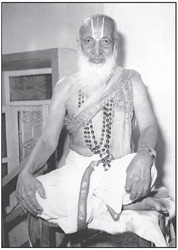
r T. Krishnamacharya
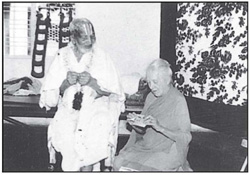
Krishnamacharya with Indra Devi at his centennial celebration.
A Blessing
T his book, written by r Desikachar, is an invaluable source of information regarding the theory and practice of yoga. It is a must for students and teachers alike. r Desikachar, himself a teacher par excellence, follows the yoga lineage of his father r Krishnamacharya, one of the best yoga teachers of his time. It was my good fortune to be accepted by r Krishnamacharya into his class, where I was not only the lone foreigner, but was also the only woman.
May this book serve as a guide and inspiration for all of the generations of yoga enthusiasts to come.
With blessings, light, and love
from the heart of Indra Devi

T. K. V. Desikachar
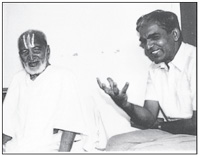
r T. Krishnamacharya at age 100 and his son, T. K. V. Desikachar
FOREWORD
I am grateful to have the opportunity to write about r Desikachar, an exceptional yoga teacher, and it is with great pleasure that I write these few words to underline the importance of r Desikachars teaching.
What a nice person Desikachar is! One feels attracted to himto be with him is a pleasure. His simplicity is one of the exceptional characteristics of his personality. He does not pretend in any way. In todays world it is refreshing to meet someone who knows so much and yet is so modest. Humility, from which simplicity follows, is a very precious quality. Desikachar is one of those few people who truly lives this quality.
The years Desikachar spent at university attaining his engineering degree have not been an impediment. On the contrary, once I asked what helped him most in the work he does now and he replied, My engineering studies. It is likely that such training stimulated his sparkling intelligence, which later gave him the ability to transmit his teaching with clarity and precision. When Desikachar speaks he expresses himself in a natural and easy way, in a language that each one of us can understand and follow. He walks toward you with a light step, and his delightful smile lets you know that his heart is open.
I received a precious gift one day when he chanted for me and my friends. His clear sounds had a delicate and yet powerful flow, following the rhythm that arose from his lovely voice. The enchanting atmosphere created by the vibrations of that sound filled the room and remained a long time after he left.
Desikachar helps us realize that what is essential in the practice of yoga is the breath because each pose, each movement, originates from there. This balanced union brings harmony and order to our bodies and minds.
The way he can communicate these very special yoga teachings is extraordinary. He has great respect for the subject and for the person to whom he is conveying his knowledge. He does not push you into it, but very gently leads you to the door that eventually, and unexpectedly, may open to let you in.
Vanda Scaravelli
Florence, Italy
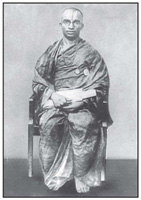
Krishnamacharya at the completion of his university studies, 1925.
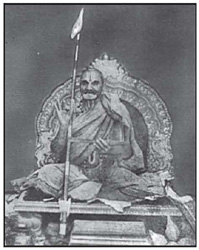
r Vageesa Brahmatantra Parakala Swami, one of Krishnamacharyas preceptors.
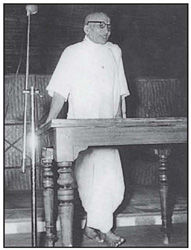
Krishnamacharya lecturing in Madras.
Introduction
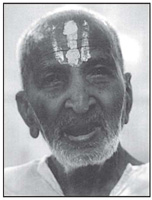
Krishnamacharya at 100 years.
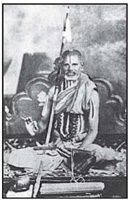
r Krishna Brahmatantra Swami, another of Krishnamacharyas preceptors.

Krishnamacharyas healing hands.
The Life and Yoga of r T. Krishnamacharya
AN INTERVIEW WITH T. K. V. DESIKACHAR
T irumalai Krishnamacharya was born on November 18, 1888, in a village in the state of Mysore, South India. He was born into a family that traces its roots back to the famous ninth-century South Indian sage Nathamuni, author of the Yoga Rahasya and the first teacher in the line of Vaishnava gurus.
Krishnamacharya received his first instruction in Sanskrit and yoga from his father before becoming a pupil at the Brahmatantra Parakala Mutt in Mysore, one of the best known and most respected Brahmin schools. Enrolled at the age of twelve, he studied the Vedic texts and learned the Vedic rituals while simultaneously attending the Royal College of Mysore. At the age of eighteen he moved to Banaras, where he studied Sanskrit, logic, and grammar at the university. Back in Mysore, he received a thorough grounding in the philosophy of the Vednta from r Krishna Brahmatantra Swami, the director of the Parakala Mutt. Then he went north again to study the Skhya, Indias oldest philosophical system and the one on which yoga is fundamentally based. In 1916 he went to the Himalayas where, at the foot of Mount Kailash, he met his teacher, r Ramamohan Brahmachari, a learned yogi who was living with his family near Lake Manasarovar in Tibet.
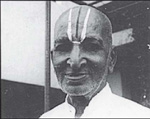
Krishnamacharya at age 84.
Krishnamacharya spent more than seven years with this teacher, who exercised considerable influence over the direction he took in life, giving him the great task of spreading the message of yoga and using his abilities as a healer and helper of sick people. Consequently, r Krishnamacharya did not embark upon an academic career, but returned to the south where he studied yurveda, the traditional Indian healing system, as well as the philosophy of Nyya, a Vedic school of logic recognized for its tools of inquiry and emphasis on discrimination gained by valid knowledge. In 1924 he returned to Mysore, where the rja, a progressive ruler, gave him the opportunity to open a yoga school. The rja himself was one of Krishnamacharyas most enthusiastic students. From 1933 to 1955 Krishnamacharya taught yoga at the school and wrote his first book, Yoga Makarandam (Secrets of Yoga).

Next page

